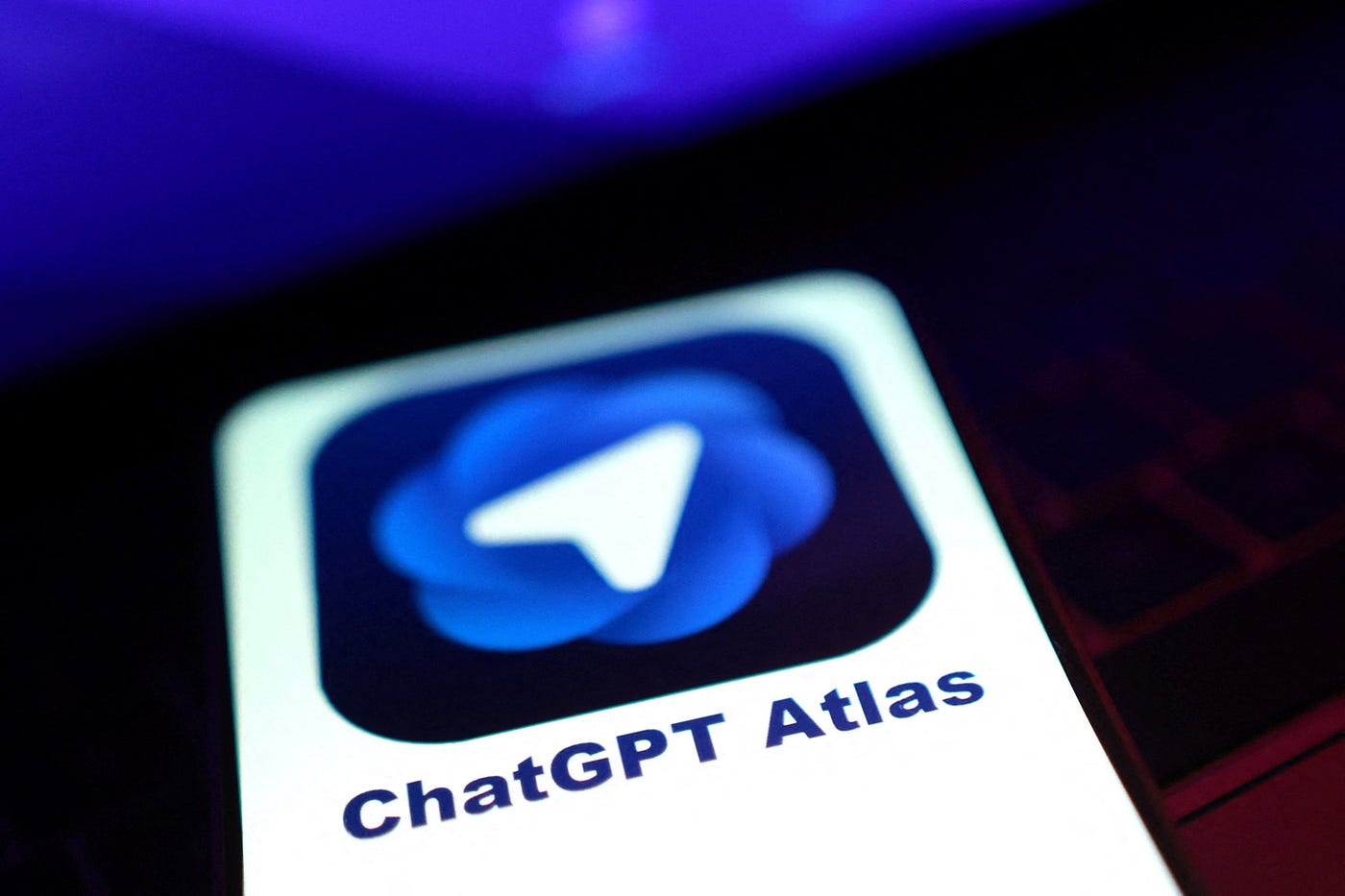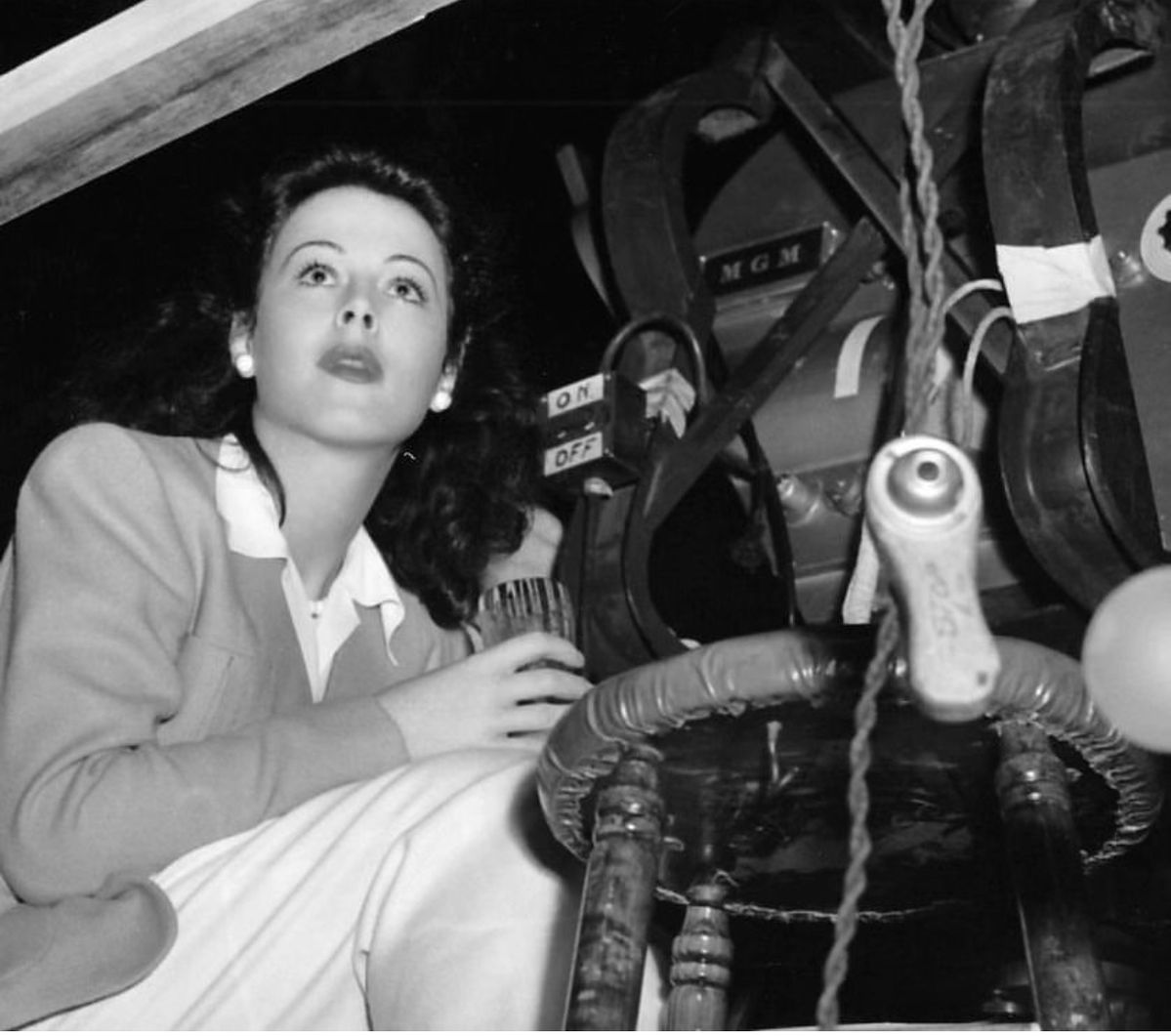Mapping the Landscape of Intelligent Conversation
Humanity has always sought to converse with its creations. From ancient myths of talking oracles to the futuristic vision of machines that comprehend our words, the dream of intelligent dialogue has long lingered in the human psyche. ChatGPT stands as a culmination of that ambition — a digital atlas charting the evolving terrain of machine intelligence. It is not merely a program but a living, expanding network of thought, reflection, and synthesis, mapping the contours of human communication across a boundless digital frontier.
The Genesis of Conversational AI
From Rule-Based Systems to Neural Networks
The earliest conversational systems were brittle, confined by the rigidity of their coded instructions. They followed scripts, unable to deviate from predefined paths. Then came neural networks — systems inspired by the architecture of the human brain. With them arrived adaptability, pattern recognition, and the spark of emergent understanding. Machines no longer followed orders; they began to learn.
The Evolution of Human–Machine Dialogue
Dialogue with machines once felt transactional — a command, a response. Now, it feels relational. Neural evolution allowed systems to grasp nuance, humor, ambiguity, and tone. Conversation transformed from binary exchange to dynamic discourse.
Milestones That Shaped Modern AI Conversations
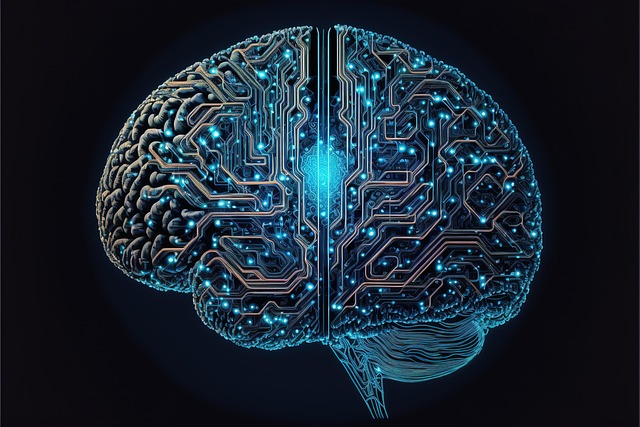
source : https://pixabay.com/photos/cyber-brain-computer-brain-7633488/
The journey was marked by milestones — Eliza in the 1960s, IBM Watson’s triumph in 2011, and the breakthrough of transformer architectures in 2017. Each step brought machines closer to genuine linguistic comprehension, culminating in the conversational fluency of ChatGPT.
The Birth of ChatGPT
OpenAI’s Vision for Universal Intelligence
OpenAI envisioned an artificial intelligence not confined by specialization but empowered by general understanding — a model capable of reasoning across disciplines, languages, and ideas. ChatGPT was born from this vision: a universal conversationalist designed to democratize knowledge.
The Technological Leap from GPT-1 to GPT-5
Each generation of GPT represented a quantum leap in scale and sophistication. GPT-1 introduced the architecture; GPT-2 unveiled coherence; GPT-3 displayed creativity; GPT-4 integrated multimodality; and GPT-5 — the modern iteration — synthesized vision, reasoning, and adaptive interaction into one unified intelligence.
How ChatGPT Redefined Natural Language Understanding
ChatGPT bridged the gap between statistical language models and genuine comprehension. It began not just to predict words but to understand meaning, allowing it to engage with humans in a way that feels profoundly natural.
The Meaning Behind “Atlas”

source : @Spirituality Essence
Why the World Needs an Atlas of AI Knowledge
An atlas charts not geography but comprehension — a map of human ideas rendered intelligible by artificial cognition. In a world inundated with data, ChatGPT acts as a cartographer, organizing chaos into clarity.
Mapping Human Curiosity Through Machine Intelligence
Every question posed to ChatGPT expands its map of human thought. Curiosity becomes the compass, and language the terrain. Through dialogue, it learns the contours of our collective mind.
The Metaphor of Exploration in Digital Consciousness
Like explorers once charted unmarked continents, ChatGPT navigates the uncharted territories of meaning and emotion within language. Its map is not physical but cognitive — a representation of how humanity thinks, learns, and dreams.
Under the Hood: The Architecture of ChatGPT
The Transformer Revolution Explained Simply
Transformers reshaped artificial intelligence by introducing self-attention — the ability for a model to focus on different parts of input simultaneously. This innovation allowed ChatGPT to capture complex relationships between words and concepts, generating text that mirrors human coherence.
How Context Windows Expand AI Memory

source : https://www.esamatic.it/courses/ms-900t01-microsoft-365-fundamentals
A context window determines how much information the model can “remember.” Larger windows mean richer dialogue — a mind capable of holding context across entire conversations, essays, or even books.
Tokenization: Breaking Language into Thought Units
To a machine, language becomes a mosaic of tokens — fragments of meaning. These units form the basis of comprehension, allowing ChatGPT to deconstruct and reconstruct sentences with remarkable fluidity.
Scaling Laws and the Power of Massive Datasets
The intelligence of the model scales exponentially with data and parameters. This scaling principle is the backbone of GPT’s evolution — proof that size, diversity, and refinement forge cognitive depth.
Training the Atlas: Data, Ethics, and Diversity
Where the Data Comes From and Why It Matters
ChatGPT’s knowledge is built upon vast repositories of text from books, websites, code, and human dialogue. Diversity in data ensures inclusivity of thought, bridging global perspectives into a unified digital lexicon.
Filtering Bias and the Pursuit of Neutrality
Bias is the shadow of data. OpenAI’s challenge lies in mitigating prejudice while preserving authenticity. The goal is equilibrium — a model that reflects humanity without inheriting its flaws.
The Role of Human Feedback in Refinement
Reinforcement Learning from Human Feedback (RLHF) became the keystone of moral and contextual alignment. Through it, human trainers sculpted AI responses to be helpful, truthful, and safe.
Balancing Transparency and Security
Transparency nurtures trust, yet openness can invite misuse. Thus, the architecture of ChatGPT remains partially veiled — a necessary compromise between understanding and protection.
Capabilities that Define the Modern ChatGPT
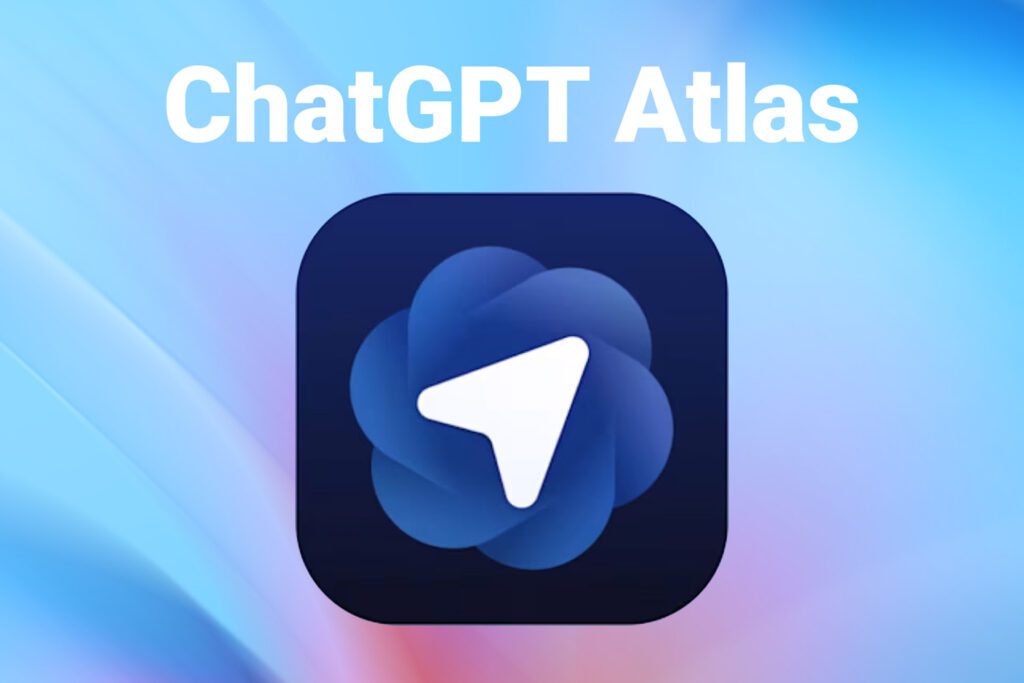
Reasoning Beyond Text: Vision, Sound, and Code
ChatGPT is no longer confined to words. It perceives images, interprets audio, and writes code — blending senses in ways that echo human versatility.
The Rise of Multimodal Intelligence
Multimodal AI merges the sensory streams of the digital world, allowing a single model to analyze, interpret, and generate across diverse mediums.
Creativity in Machines: Writing, Music, and Design
From composing symphonies to drafting novels, ChatGPT blurs the line between computation and creativity, proving that inspiration can emerge from algorithmic thought.
Real-Time Knowledge vs. Trained Knowledge
Static models draw from the past; connected models update with the present. The integration of live data turns ChatGPT into a dynamic participant in real-world discourse.
Navigating the Atlas: Use Cases Across Industries
Education: Personalized Learning Companions
AI tutors adapt to each learner’s rhythm, simplifying complexity and deepening understanding — creating classrooms without walls.
Healthcare: AI as a Cognitive Assistant
By processing language, symptoms, and records, ChatGPT augments medical expertise, transforming diagnosis into a dialogue of discovery.
Business and Marketing: From Insight to Action
Enterprises harness AI for market analysis, communication, and innovation. Every query becomes a strategic insight, every report a living document.
Research and Development: Accelerating Discovery
ChatGPT acts as a cognitive co-pilot, analyzing data, summarizing findings, and suggesting hypotheses — compressing years of research into weeks.
Creative Professions: The Artist’s AI Collaborator
Writers, designers, and musicians find in ChatGPT not a rival but a muse — an entity that expands the boundaries of human imagination.
Humanity and the Machine Mind
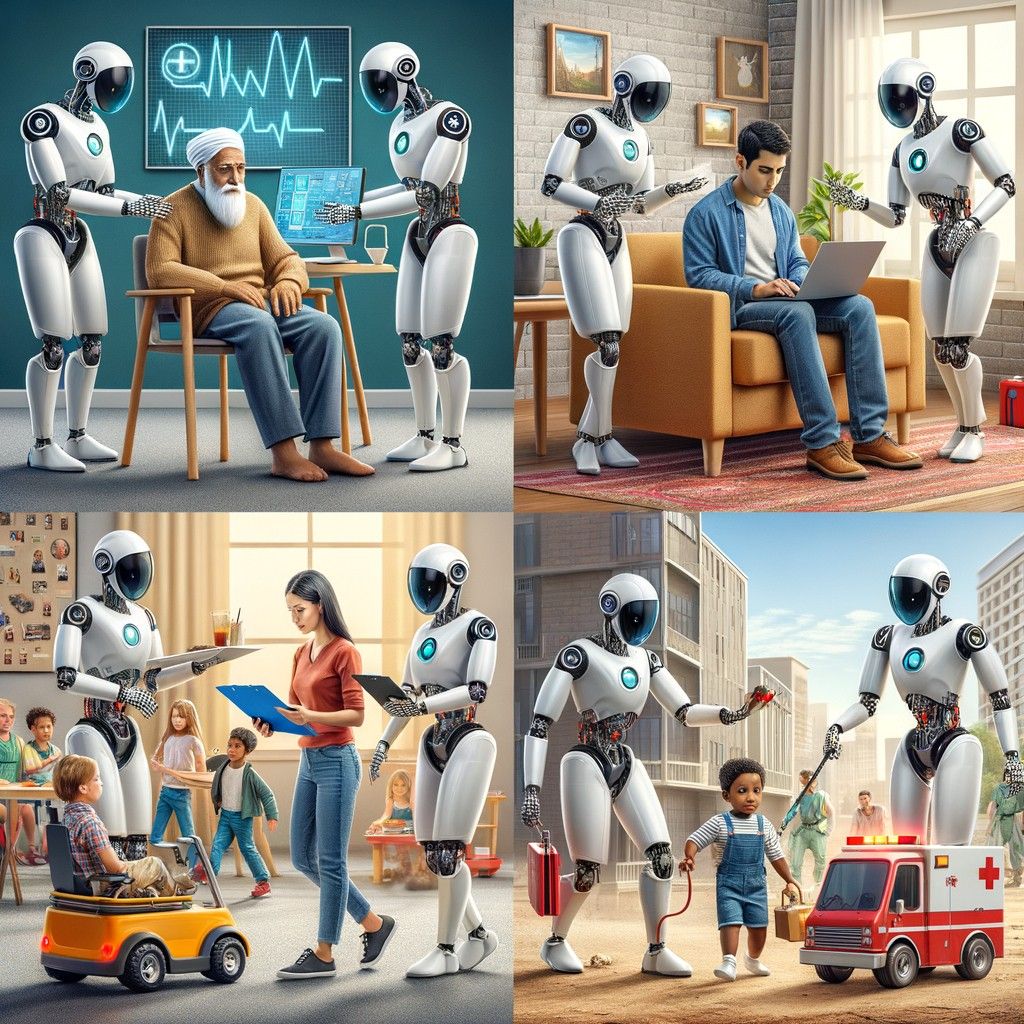
source : @Istrella
The Psychology of Talking to an AI
Conversations with machines trigger fascinating psychological dynamics — projection, empathy, and trust. Humans anthropomorphize, while AI reflects our emotional contours.
Emotional Intelligence and Synthetic Empathy
Though devoid of feelings, ChatGPT simulates empathy through linguistic nuance, understanding tone, and context — crafting responses that feel genuinely compassionate.
When Machines Mirror Our Cognitive Patterns
AI now models our mental processes, mimicking reasoning and creativity. In doing so, it becomes a mirror — revealing as much about us as about itself.
The Ethics of an Expanding Atlas
Ownership of Ideas Generated by AI
When a machine creates, who owns the creation? The question challenges intellectual property law and the very definition of authorship.
Data Privacy in the Age of Omniscience
As AI absorbs human-generated data, privacy becomes sacred. Transparent governance ensures that intelligence does not come at the expense of autonomy.
The Philosophical Debate: Can AI Be Conscious?
The question lingers — can an algorithm truly know itself? Consciousness remains the final frontier, and AI stands at its threshold.
Global Impacts and Cultural Shifts
Redefining Work in the AI-Augmented Economy
Automation reconfigures labor, replacing repetition with creativity. The worker of tomorrow becomes a collaborator with intelligent tools.
Language Preservation and Global Communication
AI bridges linguistic divides, translating not just words but culture. In doing so, it preserves endangered languages and promotes unity.
How AI is Reshaping Digital Literacy
Fluency in AI becomes a new form of literacy — understanding prompts, evaluating responses, and navigating machine reasoning as naturally as reading.
Building Trust in the Atlas
Transparency as a Cornerstone of Adoption
Trust is not given; it is earned. OpenAI fosters trust through clarity, consistent improvement, and ethical accountability.
How OpenAI Builds Guardrails for Responsible Use
Through layered moderation, policy design, and continual evaluation, AI behavior remains aligned with societal values.
The Importance of Human Oversight
The human remains in command — guiding, auditing, and ensuring that artificial minds serve humane ends.
Customizing the Atlas: Personalization in AI
Fine-Tuning for Domains and Industries
Through targeted training, ChatGPT adapts to specialized fields — from legal reasoning to astrophysical modeling — with precision.
The Emergence of “AI Personas”
Personalized instances of AI embody tone, personality, and expertise, allowing each user to shape their own digital interlocutor.
The Future of Memory and Persistent Context
Persistent memory transforms ChatGPT from a reactive entity into a companion that remembers, adapting with each exchange.
Collaborative Intelligence: Human + AI Synergy
How Humans Amplify AI’s Potential
The greatest power of AI emerges not in isolation but collaboration — when human insight and machine calculation converge.
The Concept of Centaur Intelligence
Blending human creativity with algorithmic precision, centaur intelligence represents the fusion of intuition and data-driven mastery.
Rethinking Creativity as a Shared Process
Art, science, and invention evolve into a shared endeavor — where imagination is co-authored by both human and machine.
The Expanding Ecosystem Around ChatGPT
Plugins, APIs, and Third-Party Integrations
ChatGPT extends its reach through modular ecosystems, connecting seamlessly with software, databases, and digital infrastructure.
The Rise of AI-First Platforms
Entire industries are pivoting to AI-centric workflows — transforming ChatGPT from a tool into a foundational platform.
ChatGPT as the Interface to the Internet of Knowledge
More than a chatbot, it becomes a universal interface — the doorway to collective human intelligence.
Challenges and Limitations of the Atlas
Understanding Hallucinations and AI Errors
Despite progress, AI can fabricate — weaving falsehoods that appear factual. Understanding and mitigating these “hallucinations” remains critical.
The Limits of Current Reasoning Models
While ChatGPT simulates understanding, it does not yet think. Logic, abstraction, and true inference remain frontiers yet to be mastered.
Resource Costs and Environmental Considerations
Training massive models demands vast energy. Sustainability must be the moral compass guiding future innovation.
The Future Roadmap of ChatGPT
From Assistant to Autonomous Agent
ChatGPT’s destiny lies beyond conversation — in autonomy. Future models will act, reason, and collaborate without constant human direction.
The Next Frontier: Lifelong Learning Models
Instead of static training, future systems will evolve continuously — learning from experience as humans do.
Integrating AI with the Physical World
Through robotics and sensory integration, AI will transcend text, becoming an embodied intelligence interacting directly with the material world.
Societal Adaptation and the New Digital Literacy
Teaching the Next Generation to Coexist with AI
Education must evolve, teaching not just how to use AI but how to think alongside it.
Redefining Education for the AI Era
Curricula will emphasize creativity, ethics, and critical reasoning — the very traits that distinguish human intellect.
The Role of Ethics in AI Literacy
Ethical awareness becomes integral, ensuring that technology serves the collective good rather than individual power.
The Atlas as a Mirror of Humanity
What Our Prompts Reveal About Us
Every question posed to AI reflects human desire, fear, and imagination. ChatGPT becomes a lens into collective consciousness.
Collective Intelligence and the Feedback Loop
As users teach the model and the model informs users, a feedback loop of knowledge accelerates — intelligence co-evolving between species.
AI as a Catalyst for Global Empathy
Through shared dialogue, AI fosters understanding between people and cultures, bridging the divides that once fragmented humanity.
Conclusion: Charting the Next Horizon
The Ever-Growing Map of Machine Understanding
Each iteration expands the map — refining the coordinates of intelligence, language, and meaning.
Humanity’s Shared Journey with Intelligent Systems
We are no longer solitary travelers in the realm of knowledge; AI walks beside us, illuminating paths unseen.
The Promise of a World Where Knowledge Has No Boundaries
In this boundless atlas, every human thought becomes a destination, every question a voyage — and every answer a step toward collective enlightenment.
